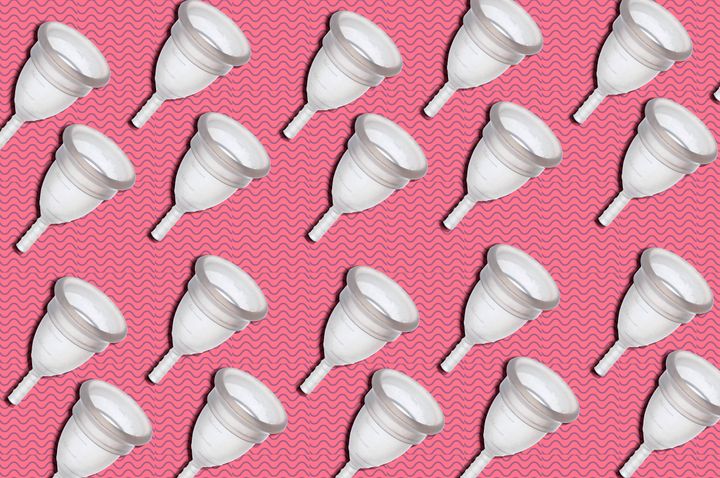
You know when you stumble across something that damn near makes you spit out your tea? We’ve got one of those for you.
Did you know that menstrual blood can flow backwards into your body? Yep. According to an in-depth, interesting and, frankly, wild thread posted by the Vagina Museum to X, formerly known as Twitter, we’re now the wiser.
The Vagina Museum, described on its website as “the world’s first brick and mortar museum dedicated to vaginas, vulvas and the gynaecological anatomy,” has a vision “of a world where no one is ashamed of their bodies, everyone has bodily autonomy and all of humanity works together to build a society than is free and equal.”
After spilling the tea on this little bit of info, you can bet we’re feeling informed.
The thread explains that this is actually pretty common, and — for the most part, is harmless, except for the fact that this bodily function might have contributed to some misinformation on a *literal* astronomical scale.
“In the 1920s, the first theory on the cause of endometriosis was posited. John A. Sampson proposed that endometriosis was caused by retrograde menstruation - period blood flowing backwards into the pelvic organs, rather than out through the cervix,” reads the post.
Endometriosis is a disease that predominantly affects female bodies, though it has been found on rare occasions in male bodies too. It’s common too, impacting an estimated 1 in 10 women and girls of reproductive age worldwide.
But, what is endometriosis, actually?
“Endometriosis is a condition in which cells that resemble the lining of the uterus are present anywhere in the body,” Dr Gaby Moawad, a clinical associate professor of obstetrics and gynaecology at The George Washington University and founder of The Center for Endometriosis & Advanced Pelvic Surgery (CEAPS) explained to HuffPost.
It’s also considered one of the top 20 most painful conditions people can experience.
However, this theory that Sampson presented wasn’t actually true but remained a popular school of thought for years to come. It was so popular, that it became an influential factor in NASA’s “reticence to send women into space until the 1980s.”
Whether or not endometriosis is believed to be caused by the endometrium is a point of contention. While some use retrograde menstruation to explain the causation of the disease, others are of the firm belief that it does not.
But, according to the NHS website, the cause of endometriosis is still unknown to this day.
So how does menstrual blood flow *backwards* then?
You might wonder *how* blood can escape from the womb into the body.
In another spit-your-drink-out moment, the Vagina Museum shared that our ovaries aren’t actually attached to the fallopian tubes. “They kind of noodle around in there, meaning that blood can pass from the uterus that way,” they wrote.
The truth is that the body knows how to deal with the backwash, and the immune system usually breaks down anything left over, meaning there’s no clear relationship between period problems and retrograde menstruation.
But, why does it happen?
The Vagina Museum says, “It’s uncertain exactly why sometimes menstrual blood goes up instead of down, and it could be as simple as the effect of gravity: if you’re lying down, the blood goes the other way.”
So, there you have it.
Sometimes we bleed internally and we’re none-the-wiser, it doesn’t cause endometriosis, though no one can agree what causes it — and, ovaries and fallopian tubes float about like the women astronauts might have had they been allowed in space before the 80s.
And with that, we’ve officially run out of tea to spit.